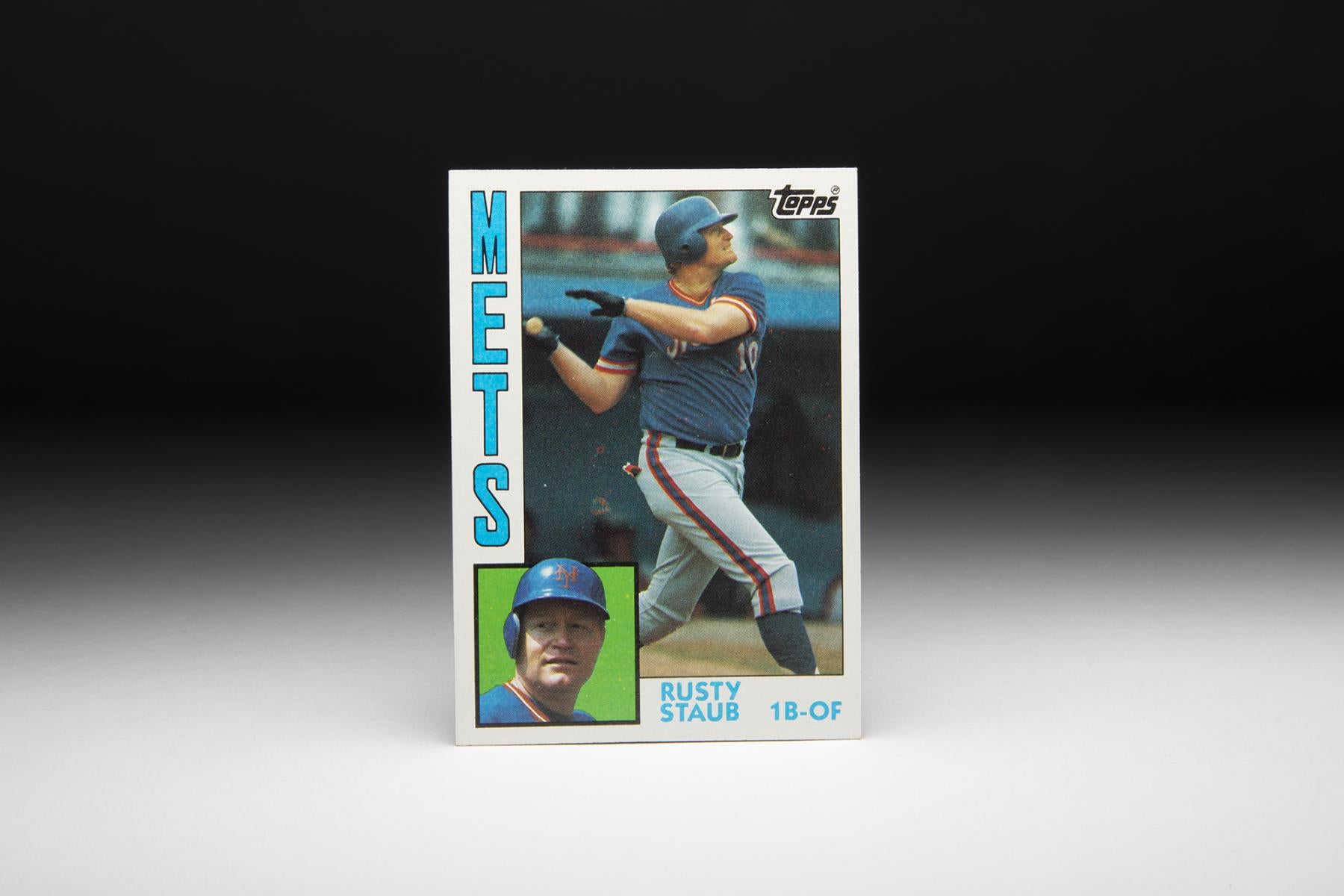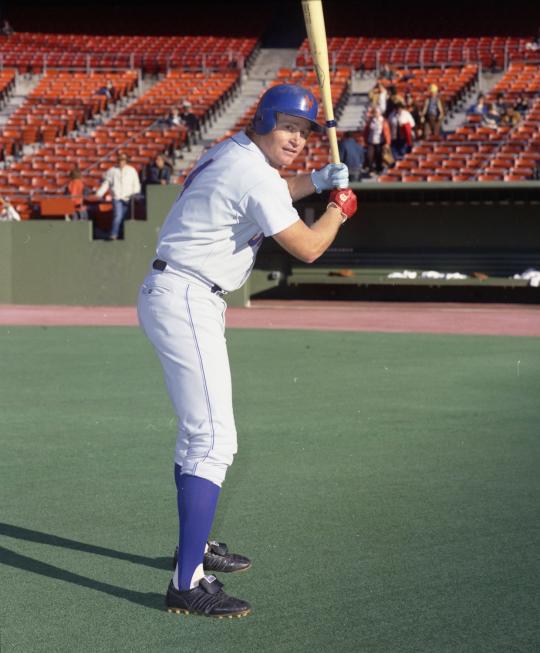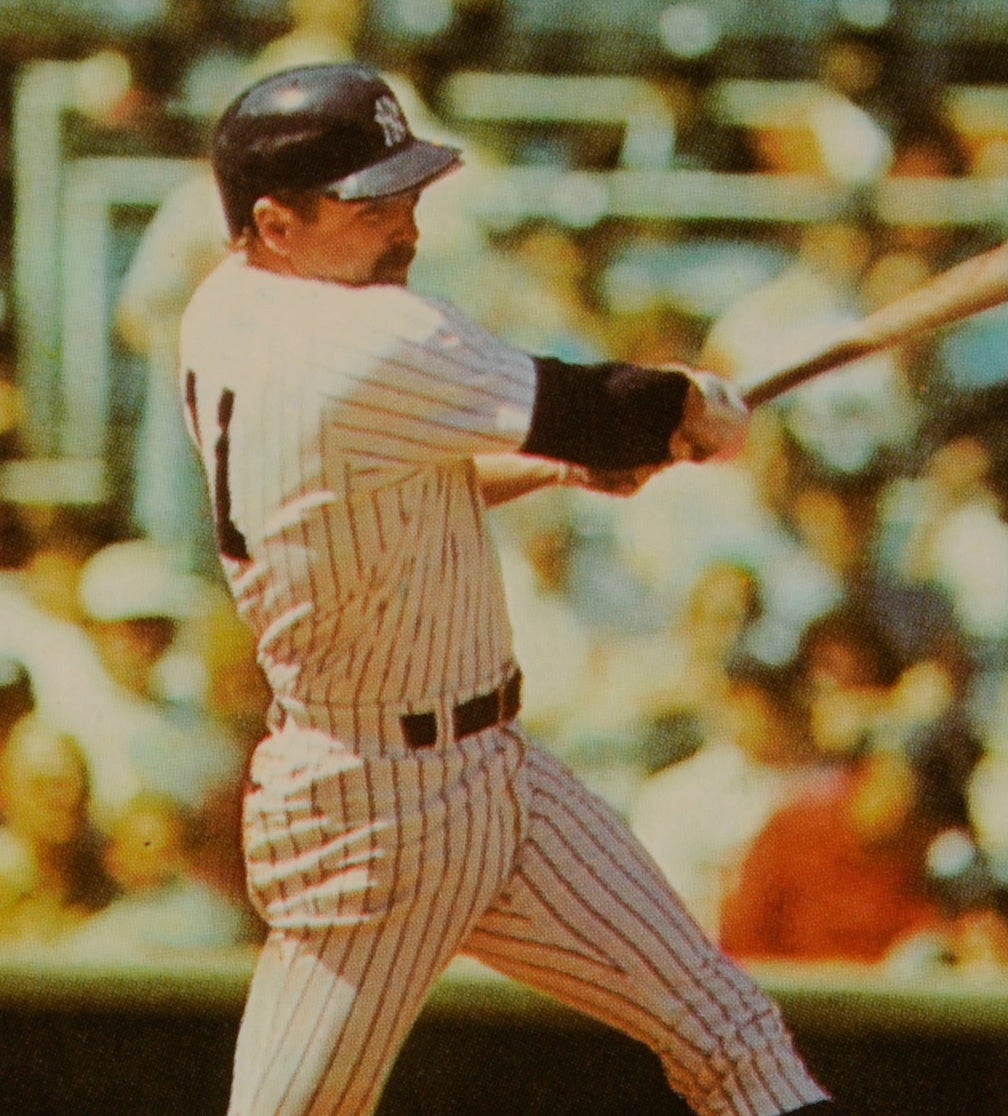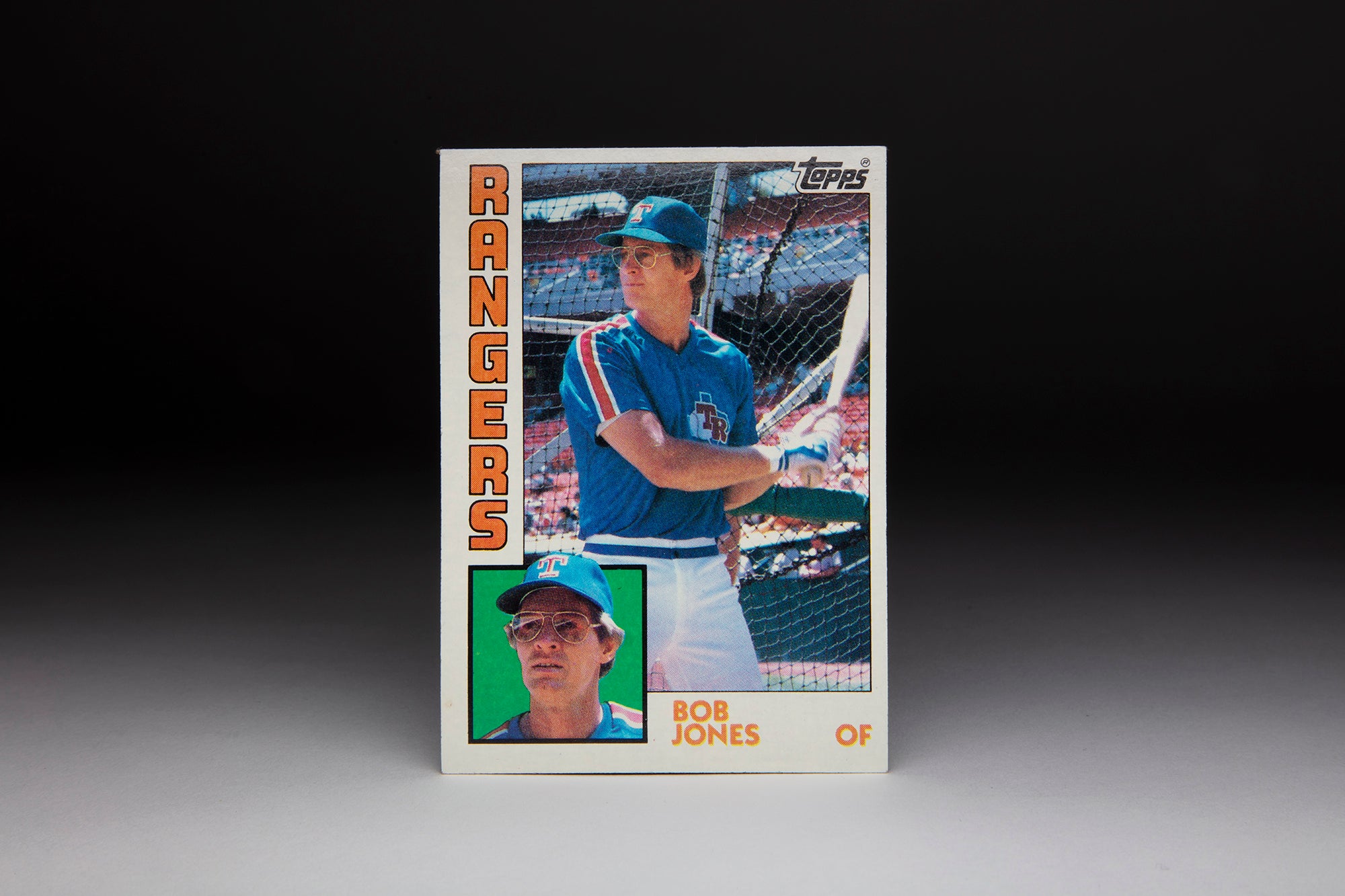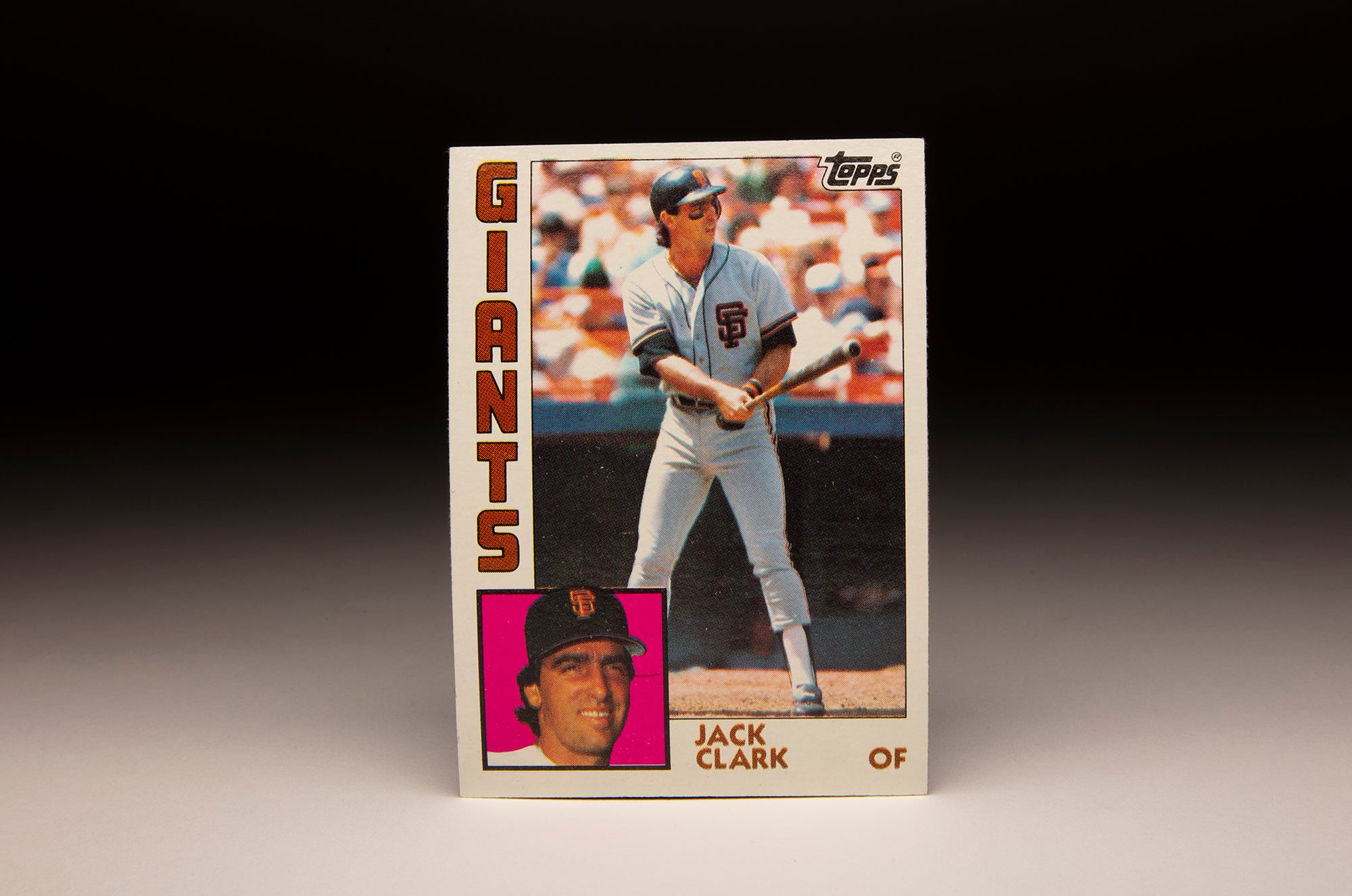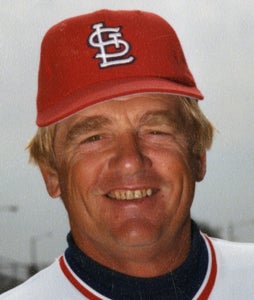- Home
- Our Stories
- #CardCorner: 1984 Topps Rusty Staub
#CardCorner: 1984 Topps Rusty Staub
From his big league debut at the age of 19 to his later playing years as one of the game’s deluxe pinch-hitters, Rusty Staub could put the bat on the ball.
That skill kept Staub in the big leagues for 23 seasons and made him a fan-favorite throughout the game.
Staub’s 1984 Topps card came out on the heels of his age-39 season when he appeared in 104 games with the Mets – only 10 of which came in the field. But Staub’s ability as a pinch-hitter more than made up for his lack of range at either first base or the corner outfield spots.
Mets Gear
Represent the all-time greats and know your purchase plays a part in preserving baseball history.
Born April 1, 1944, in New Orleans, La., Staub was signed as an amateur free agent with Houston in 1961 after a high school career that featured Ted Williams calling Staub one of the best young hitters he ever saw. He signed for a reported bonus of $125,000 and was expected to be the cornerstone of the franchise, which would begin play in 1962.
Staub made his big league debut with Houston eight days after his 19th birthday. He played in 150 games as a rookie in 1963 – setting a single-season games-played record for teenagers (including only games played before a player’s 20th birthday).
Staub was returned to the minor leagues for part of the 1964 season, but became a regular again in 1965 and gained national attention in 1966, hitting .280 with 13 homers and 81 RBI while finishing 22nd in the National League Most Valuable Player voting.
The next season, Staub cashed in on his enormous potential by hitting .333 with an NL-best 44 doubles, 10 homers and 74 RBI while earning his first All-Star Game selection. He hit .291 in 1968, the ninth-best average in the NL during the Year of the Pitcher.
But the Astros finished last in the 10-team NL in 1968, prompting general manager Spec Richardson to trade Staub to the expansion Montreal Expos on Jan. 22, 1969, for Jesus Alou and Donn Clendenon, both of whom had been selected by the Expos in the Expansion Draft.
Clendenon eventually refused to report to Houston, so the Expos later sent Jack Billingham, Skip Guinn and $100,000 to complete the trade.
“It was the toughest decision I’ve ever made in baseball,” Richardson told United Press International.
In Montreal, Staub became a folk hero in Canada as “Le Grand Orange” – the first baseball star north of the border. He was named to the All-Star team in each of his three seasons with Montreal, averaging 26 homers and 90 RBI with a .296 batting average in his three seasons with the Expos.
But Montreal averaged 96 losses a season in Staub’s time there. Needing young players to build a franchise, the Expos traded Staub to the Mets on April 5, 1972, for highly touted prospects Tim Foli, Mike Jorgensen and Ken Singleton. The deal occurred on the same day the Mets named Yogi Berra to replace Gil Hodges – who had passed away three days earlier – as manager.
“I was totally shocked,” Staub told the Montreal Gazette following the trade. “I regret having to leave Montreal.”
But Staub would quickly find a home in New York. After missing more than half of the 1972 season due to a right hand injury, Staub hit .279 with 76 RBI to lead the Mets to the 1973 NL pennant. In the World Series, Staub hit .423 with a homer and six RBI in the Mets’ seven-game loss to the A’s.
After slumping to a .258 batting average in 1974, Staub bounced back with a .282 mark in 1975, which included 19 home runs and 105 RBI – the first time he had cracked the century mark in his career.
Then at the Winter Meetings following the 1975 season, the Mets sent Staub and pitcher Bill Laxton to the Tigers in exchange for former World Series hero Mickey Lolich and outfielder Billy Baldwin.
Staub spent most of the 1976 season as the Tigers’ right fielder, hitting .299 with 15 homers and 96 RBI while earning his sixth-and-final All-Star Game selection. Then in 1977, the 33-year-old Staub became Detroit’s designated hitter – a position where he would play 318 of his 320 games over the next two seasons. He averaged 23 home runs and 111 RBI per season over those two years, winning the Designated Hitter of the Year Award in 1978.
Traded back to the Expos on July 20, 1979, as Montreal chased a postseason berth, Staub hit .267 in 38 games before he was traded to the Rangers for Chris Smith and LaRue Washington 11 days before the start of the 1980 season. Staub hit .300 in 109 games that season, then signed with the Mets for three years and $1 million as a free agent prior to the 1981 campaign.
He would play the final five seasons of his career in New York, primarily as a pinch-hitter. In 1983, he set big league records (since broken) with most pinch-hit at-bats (81) and walks (11). He also set a record with eight straight pinch-hits that season, tying the mark set by Dave Philley in 1958.
For his career, Staub had 100 career pinch-hits – good for a .280 average.
“Our pitchers don’t like to face Rusty, and I don’t know many who do,” said future Hall of Fame manager Whitey Herzog during Staub’s playing days.
“He’s there with the singles and doubles and hits the ball where it’s pitched to.”
Staub retired after the 1985 season with a .279 average, 2,716 hits, 292 home runs and 1,466 RBI. He appeared in at least 150 games in 12 seasons, and his 2,951 big league games ranked in the Top 10 all-time at the time of his retirement.
Staub passed away on March 29, 2018.
“He has his place in Met lore,” former teammate Keith Hernandez told the New York Daily News on the day following Staub’s passing, “and also this city.”
Craig Muder is the director of communications at the National Baseball Hall of Fame and Museum

